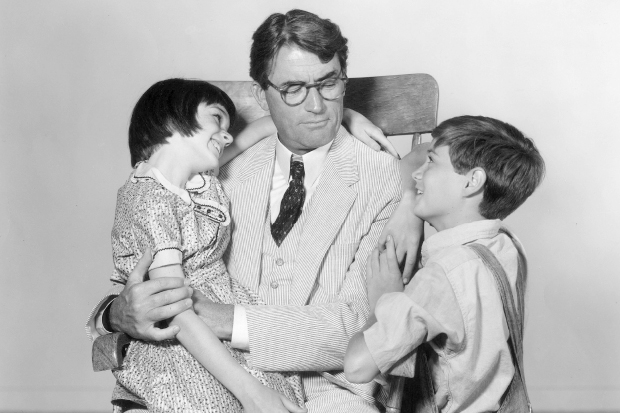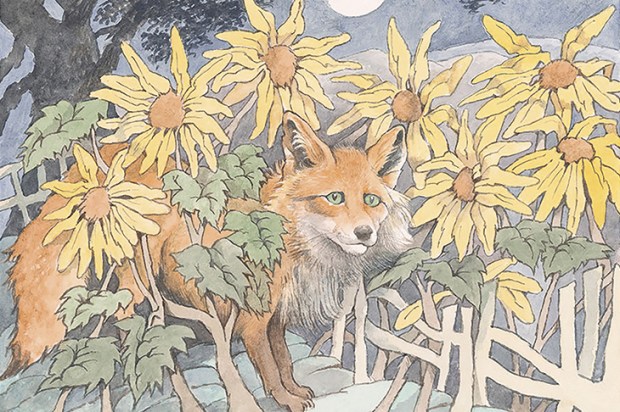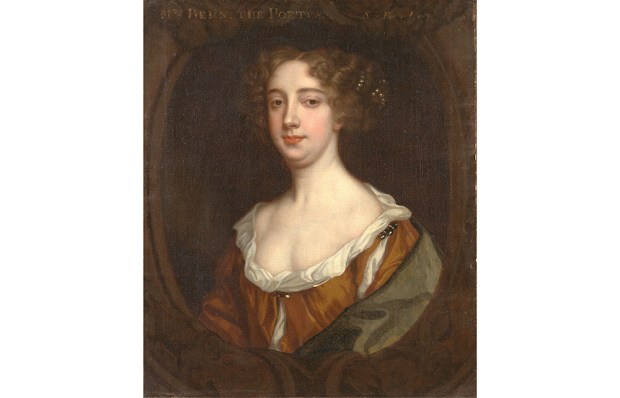This is an interesting document, and a pretty bad novel. I don’t know why anyone thought it would be otherwise. In 1960, Harper Lee published To Kill a Mockingbird. It was an important statement, as well as a very good novel. Just as it took the southerner Lyndon B. Johnson to make the most significant civil rights concessions, so literary culture needed a novel written by a woman from the south saying all the right things about race in the firmest way possible.
Already a subscriber? Log in
Subscribe for just $2 a week
Try a month of The Spectator Australia absolutely free and without commitment. Not only that but – if you choose to continue – you’ll pay just $2 a week for your first year.
- Unlimited access to spectator.com.au and app
- The weekly edition on the Spectator Australia app
- Spectator podcasts and newsletters
- Full access to spectator.co.uk
Unlock this article
Available from the Spectator Bookshop, £15.99 Tel: 08430 600033
You might disagree with half of it, but you’ll enjoy reading all of it. Try your first month for free, then just $2 a week for the remainder of your first year.














Comments
Don't miss out
Join the conversation with other Spectator Australia readers. Subscribe to leave a comment.
SUBSCRIBEAlready a subscriber? Log in